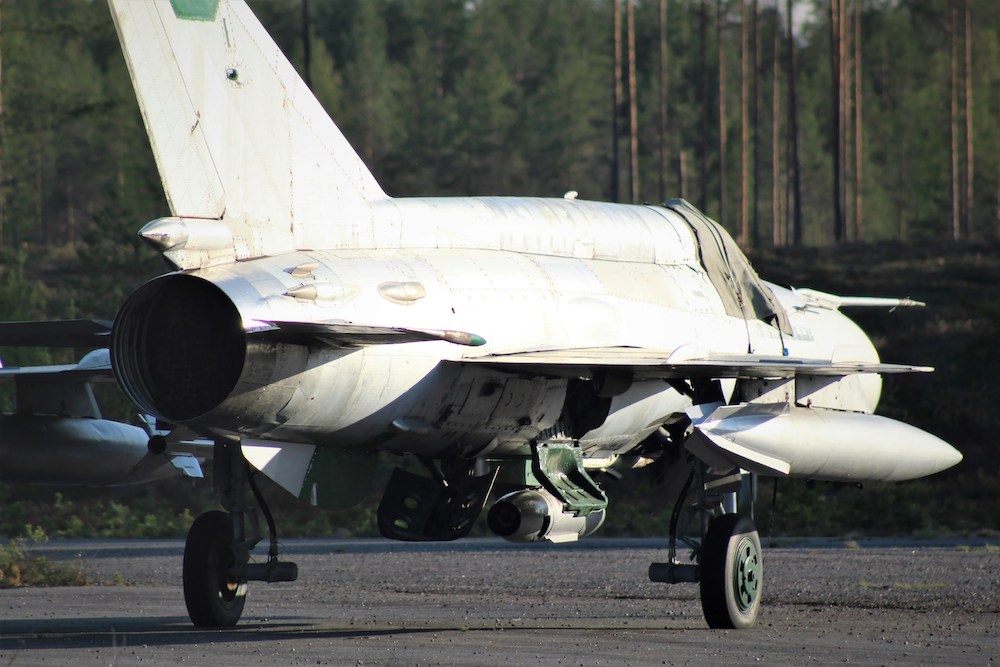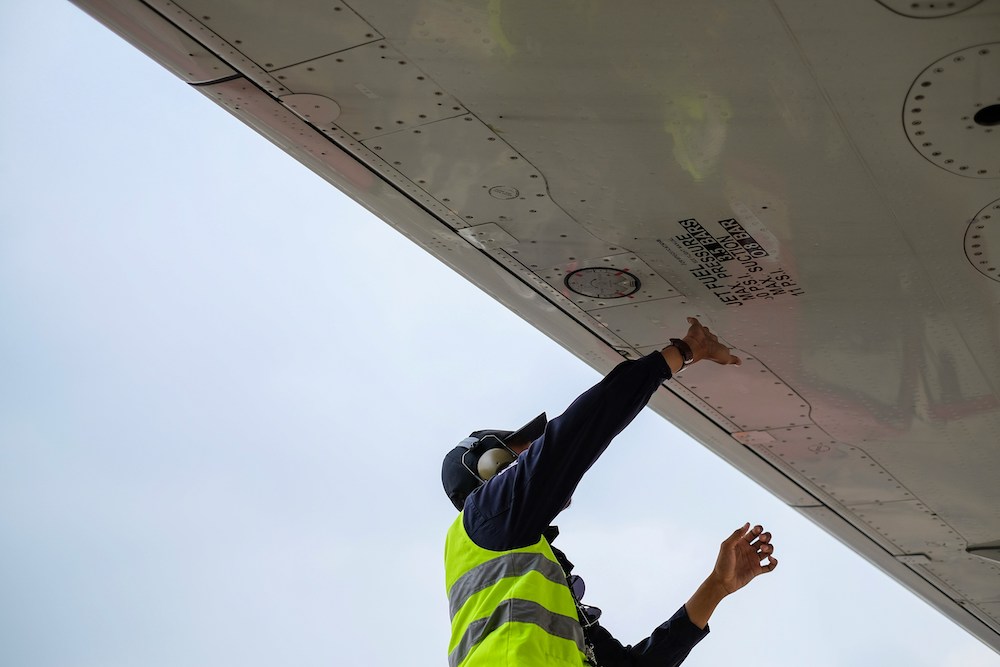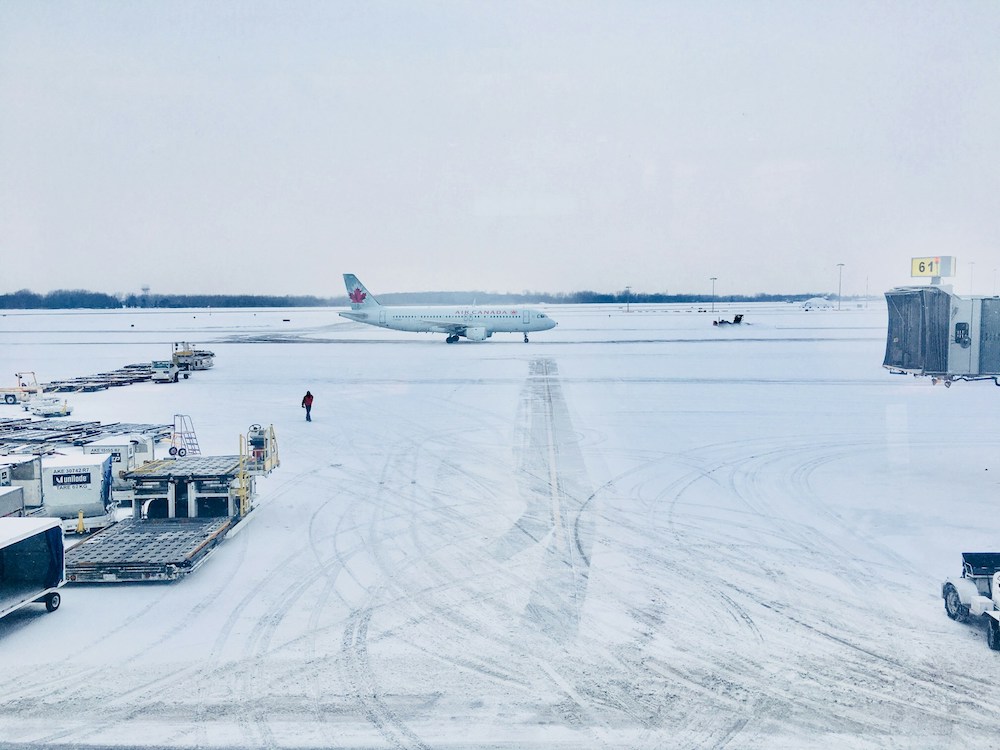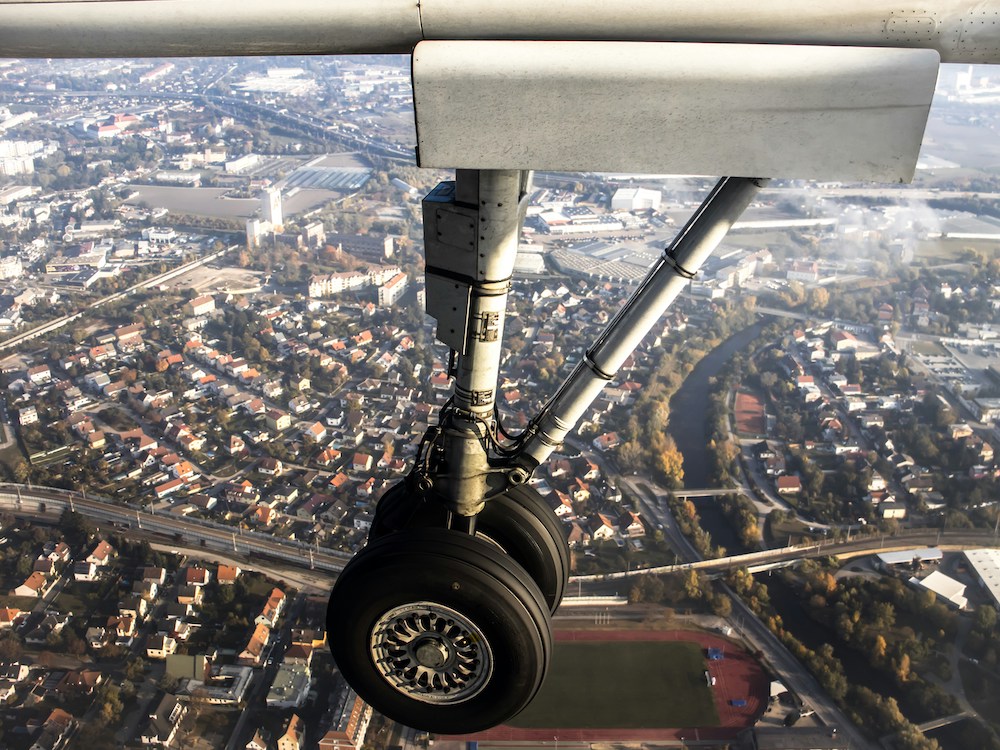
The average lifespan of an aircraft depends on its age, maintenance history, and hours and miles flown. The average commercial airliner can operate anywhere between 60,000 to 150,000 flight hours. However, while structural and operational performance matters, the driving force behind retiring an aircraft is often its economic feasibility, that is whether it remains cost-effective to keep the aircraft in service.
When an aircraft reaches the end of its useful life, aircraft retirement involves a mix of recycling, repurposing, and responsible disposal. Let’s explore further how an aircraft may reach the end of its useful life and what will happen to it in the end.
Economic Feasibility Driving Aircraft Retirement
Often, aircraft operators retire aircraft when it is no longer economical to continue flying them. Factors such as cost and global influence affect the aircraft operators’ decisions to retire an aircraft.
Cost Factors Affecting Aircraft Retirement Decisions
The true cost of owning and operating an aircraft may vary greatly depending on the size and scope of the aircraft, however, all costs are broken down into two major categories, fixed and variable, and are considered as part of initial acquisition and ongoing operations.
Large aircraft operators (i.e., airlines) naturally spend millions of dollars on the initial acquisition and ongoing operations of a commercial aircraft, with some of the most common and highest expenses including:
- Maintenance checks. Aircraft undergo regular maintenance checks, including heavy checks, which can be very time-consuming and costly. When these checks become due, usually every 6 to 10 years or 30,000 to 40,000 flight hours, aircraft operators often must evaluate whether the investment is justified.
- Fuel prices. Fluctuations in fuel prices impact operating costs. When fuel prices rise significantly, operating expenses soar. As a result, older, less fuel-efficient aircraft become costly to operate. Aircraft operators must then evaluate whether it is economically viable to continue flying these aircraft.
- Aging aircraft models. Technological advancements have introduced more efficient aircraft. Aircraft operators often choose to retire older aircraft to replace them with newer models that offer better operational benefits. By retiring older aircraft and replacing them with more efficient variants, such as the Airbus A320neo and Boeing 737 MAX, aircraft operators can achieve substantial cost savings.
With cost being the top determinant of aircraft retirement, aircraft operators must strive to reduce the above costs or risk going out of business.
Global Factors Affecting Aircraft Retirement Decisions
Factors that have a worldwide and industrywide impact can also play a significant role in aircraft retirement, with some of the most common influences including:
- Oil crises. Historical events, such as the 1970s oil embargo, prompted airlines to phase out fuel-inefficient aircraft to save on fuel costs. To this day, fluctuations in fuel prices continue to impact aircraft retirement decisions. Therefore, aircraft operators continue to seek fuel-efficient aircraft and other solutions to achieve substantial fuel cost savings.
- Climate targets and sustainability. Aviation is one of the most challenging industries to decarbonize and one of the remaining sectors that continues to increase its greenhouse gas emissions output at an alarming rate. As climate change takes the lead as the top candidate for the next global disaster, aircraft operators face pressure to reduce emissions. Retiring older, less fuel-efficient aircraft aligns with the industry’s sustainability goals.
- Industry shifts. The aviation industry is changing and evolving at a much faster rate than ever before. So much so that change has become a constant in the industry. With change comes the testing of the industry’s capability to adjust, adopt, and prosper, where those who adopt will thrive, while those who do not, run the risk of getting left behind. Technology and automation, customer demand, and strategic alliances and partnerships are just some of the current aviation trends that may influence aircraft retirement decisions.
- External influences. Aircraft operators must adapt to ever-evolving external influences. For instance, the arrival of new jet engine technology, including an open fan concept, smaller engine core, electrified aircraft propulsion, and sustainable aviation fuels, may have a significant impact on aircraft retirements in the near future. In addition, global events such as the COVID-19 pandemic led aircraft operators to streamline their fleets and retire aircraft they struggled to manage during busy periods.
Aircraft End-of-Life Protocol
Regardless of the reason for aircraft retirement, the end-of-life protocol follows similar steps for most aircraft.
Aircraft Storage and Decommissioning
Retired aircraft are typically sent to specialized storage hangars or facilities. These locations are often referred to as aircraft boneyards or graveyards. Storage can be temporary if the aircraft has the potential for a second life, or more permanent if the aircraft has reached its end-of-life phase.
During storage, aircraft undergo decommissioning, where all electronics, hardware, and sensitive components are removed. The aircraft is then securely stored, awaiting further steps.
Aircraft Documentation and Assessment
Detailed aircraft records are created and maintained throughout the life of an aircraft, detailing the aircraft’s history (e.g., ownership information), maintenance (e.g., checks, repairs, inspections), and operational data (e.g., flight hours). These records are essential as the future of the aircraft is assessed, and especially if the aircraft is sold or repurposed.
Aircraft Potential Second Life
Some retired aircraft find a second life, as they may be purchased second-hand by other aircraft operators. Acquiring second-hand aircraft can be a cost-effective option that allows aircraft operators to expand their fleet and enter new markets more quickly. With the high demand for air travel and reported delays in new aircraft deliveries, buying second-hand aircraft could be a serious consideration for some aircraft operators, either in the short- or long-term. These aircraft undergo refurbishment, maintenance, and upgrades before returning to service.
Some aircraft operators, due to global influences (e.g., the recent COVID-19 pandemic) are forced to place their aircraft in short-term or long-term storage, which allows them to temporarily take their aircraft out of service while ensuring the aircraft remain in a condition that allows for a rapid return to service. Aircraft operators use this strategy to balance fleet capacity and optimize resources during temporary downtimes.
Aircraft Parting Out
Many retired aircraft are stripped of parts and repurposed. Valuable components, such as engines, avionics, landing gear, and other systems, are salvaged. These parts can then be used for repairs, replacements, or sold in the aviation aftermarket.
ePlaneAI is a cutting-edge online marketplace and insights platform for aerospace parts and aviation repair services. The platform leverages conversational and generative AI technologies, industry-wide data, and aviation expertise to seamlessly power and connect global sellers and buyers 24/7/365, from search through purchase, to help its users make the best decision every time. The ePlaneAI design offers its users efficient solutions, whether the user is in the market to buy aircraft parts or looking to optimize their seller inventory.
Aircraft Recycling and Scrapping
If an aircraft is beyond repair or lacks demand for parts, it is disassembled for the purpose of recycling and scrapping.
Aircraft recycling is a vital step toward sustainability, reducing waste, and ensuring that valuable materials find new life beyond aviation. An aircraft consists of approximately 800 to 1,000 parts that can be recycled. Most of these components are made from metal alloys and composite materials. The two most common metal alloys include aluminum and titanium, while the primary composite aircraft material is carbon fiber. These materials are then sorted for recycling.
The materials that cannot be recycled are scrapped. These parts are often crushed or shredded. And while some aircraft end up as scrap metal, others become museum exhibits or decorative pieces.
Environmental Considerations
The proper management of aircraft recycling and scrapping is crucial to prevent a negative environmental impact. Hazardous materials, such as hydraulic fluids, oils, and chemicals, must be carefully handled and disposed of. While recycling reduces the environmental impact by reusing valuable materials.
In the 2000s, two of the biggest aircraft manufacturers, Airbus and Boeing, developed systematic recycling processes to handle retired aircraft and their parts:
- Airbus launched the Process for Advanced Management of End-of-Life Aircraft (PAMELA) Project, demonstrating that 85% of an aircraft’s components can be recycled, reused, or otherwise recovered.
- Boeing founded the Aircraft Fleet Recycling Association (AFRA), setting industry-wide guidelines for dismantling and recycling airplanes. AFRA’s Accreditation Program authorizes recycling centers across the globe to handle end-of-life aircraft in an environmentally friendly manner via industry-developed standards for aircraft disassembly and the recycling of materials.
The Aviation Industry’s Responsibility in an Aircraft’s Life
The aircraft end-of-life process requires a systemic approach to ensure the proper recycling, repurposing, and responsible disposal of all aircraft parts and components. While aviation has a significant impact on climate change, it also plays a critical role in global connectivity and economic growth; therefore, balancing these factors is essential for a sustainable aviation industry moving forward. Aviation industry members must continue to do their due diligence in ensuring that the environmental footprint left by the industry is addressed from the infancy of an aircraft, all the way through the end of its useful life.
By Katarzyna Szwed-Carlson
Kasia Szwed-Carlson is an expert in the aviation industry with 15 years of experience working in flight operations management and training leadership roles.



